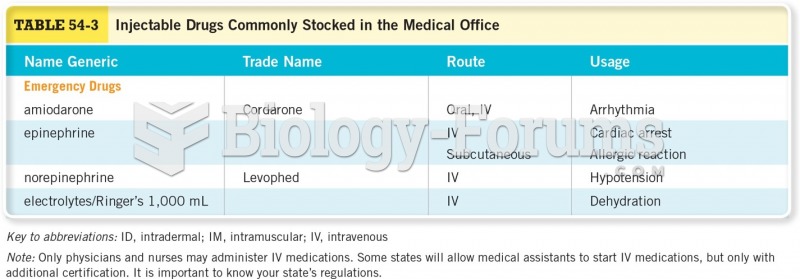Answer to Question 1
Students with intellectual disability tend to oversimplify and have difficulty generalizing.
Answer to Question 2
The two theories of instruction that are based on cognitive psychology are the information processing/social cognitive approach and the constructivist approach to teaching. While both approaches focus generally on the mind and how it works, the primary focus of the information-processing/social cognitive approach involves implementing those conditions that help students transfer information from outside of themselves (books, worksheets, films, etc.) to inside themselves (the mind). In order for this to occur, information must be attended to, critical features must be noticed, and the student must be able to organize it and make it meaningful so that it will be retrievable from long-term memory. This approach stresses the need, therefore, for teachers to design lessons around the principles of meaningful learning and to teach students how to learn more effectively. Both the teacher and student take active roles in this instructional approach, which is characteristic of the cognitive approach in general. Specific methods for enhancing meaningful learning include the need for the teacher to communicate to the students what needs to be learned, why it is important to learn it, and how assessments of learning will be conducted. It is also suggested that attention-getting devices be used to capture student attention. Information not attended to by students will not be available for further processing. Teachers are advised to organize material for presentation to students and to embed it in contexts that are familiar in order to make processing easier and more meaningful. This approach also stresses the need to present information in reasonable amounts because of the limited capacity of working memory. Also, teachers must allow students sufficient time to learn meaningfully, which means that students need time for distributed practice. Last, teachers need to help students get the information into long-term memory, using elaborative rehearsal, and to prepare to retrieve that information later, by using effective cues. Students often do not know how to learn the required material. Teachers should show students different tactics for processing information and teach them to monitor the effectiveness of those methods. This practice helps develop metacognitive skills and awareness.
The primary focus of the constructivist approach to teaching involves providing a set of conditions that will lead students to construct views of reality that both make sense to them and address the criteria specified in the objectives. According to this view, people learn best when they create their own understanding of reality, based upon their attitudes, values, existing knowledge, and previous experience. The primary goal of constructivist teaching is to help students discover how to be independent, self-directed learners. The role of social interaction is more important to social constructivists than it is to cognitive constructivists or information-processing theorists. The specific teaching methods suggested by this approach include the use of scaffolded instruction within the learner's zone of proximal development. This practice promotes development by helping the student attain new abilities by providing just enough assistance to foster cognitive growth without creating a dependence on the teacher. Proponents of this approach also maintain that students need to discover knowledge that relates to how ideas interrelate with one another, how to analyze and frame problems, how to ask appropriate questions, how to recognize when previously learned information is relevant to new material, and how to evaluate the effectiveness of learning strategies and tactics. This approach also stresses the importance of exposing students to multiple perspectives so that they can learn to negotiate the meaning of knowledge and truth with othersthe previously mentioned emphasis on social interaction. Cooperative learning is one specific instructional method associated with this practice. Constructivists also emphasize the need to present problems and tasks in relevant contexts that apply to real-life so that students acquire useful, rather than inert, knowledge.







